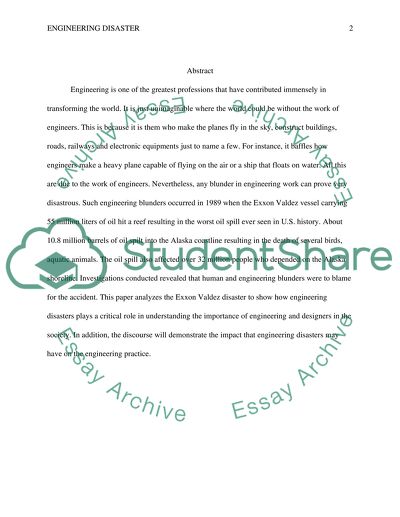Cite this document
(“Exxon Valdez Oil Spill: A Case Study in Engineering Disaster Admission/Application Essay”, n.d.)
Retrieved from https://studentshare.org/engineering-and-construction/1493505-exxon-valdez-oil-spill-a-case-study-in-engineering-disaster
Retrieved from https://studentshare.org/engineering-and-construction/1493505-exxon-valdez-oil-spill-a-case-study-in-engineering-disaster
(Exxon Valdez Oil Spill: A Case Study in Engineering Disaster Admission/Application Essay)
https://studentshare.org/engineering-and-construction/1493505-exxon-valdez-oil-spill-a-case-study-in-engineering-disaster.
https://studentshare.org/engineering-and-construction/1493505-exxon-valdez-oil-spill-a-case-study-in-engineering-disaster.
“Exxon Valdez Oil Spill: A Case Study in Engineering Disaster Admission/Application Essay”, n.d. https://studentshare.org/engineering-and-construction/1493505-exxon-valdez-oil-spill-a-case-study-in-engineering-disaster.


